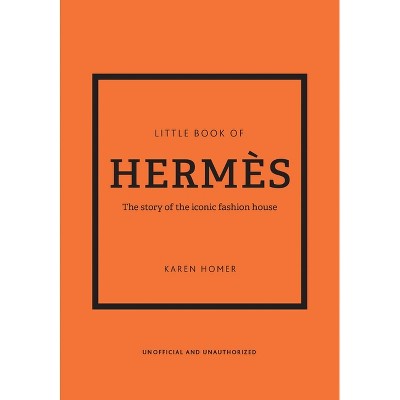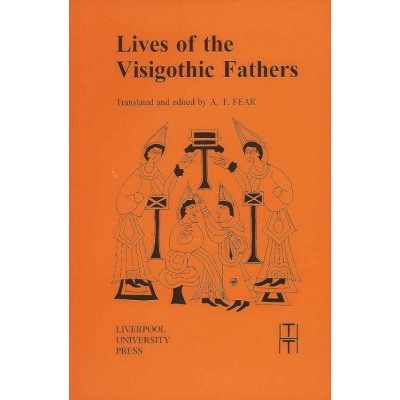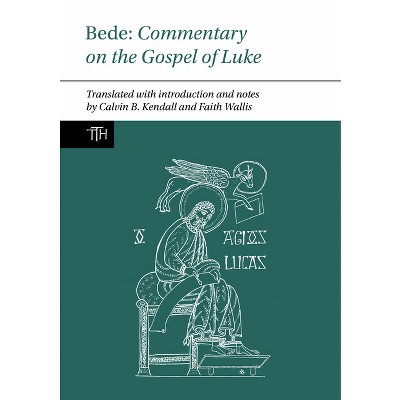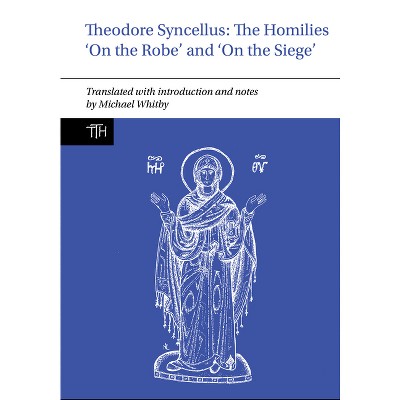Caesarius of Arles - (Translated Texts for Historians) by Caesarius Of Arles (Paperback)

About this item
Highlights
- Caesarius was born in 469/70 and served as Bishop of Arles from 502 until his death in 542.
- About the Author: William E. Klingshirn is Associate Professor and Chairman of Greek and Latin at The Catholic University of America, where he teaches ancient history, late Roman history and Latin patristics.
- 176 Pages
- Architecture, History
- Series Name: Translated Texts for Historians
Description
About the Book
The texts in this volume - most translated into English for the first time - illustrate the career of Caesarius of Arles (Bishop of Arles from 502-542) and the social and religious history of Provence at a time of far-reaching political change, during which the region was ruled by a series of Visigothic, Burgundian, Ostrogothic and Frankish kings.Book Synopsis
Caesarius was born in 469/70 and served as Bishop of Arles from 502 until his death in 542. Originally trained as a monk at Lérins, he devoted himself as Bishop to an ambitious programme of church reform and Christianization inspired by strict monastic standards of piety. Best known as a preacher, with a corpus of over 250 sermons, Caesarius also founded a monastery whose rule he composed and presided over several important church councils whose canons still survive. The documents included in this volume - most never before translated into English - vividly illustrate Caesarius's career and the social and religious history of Provence at a time of far-reaching political change, during which the region was ruled by a series of Visigothic, Burgundian, Ostrogothic and, ultimately, Frankish kings.
The 'Life of Caesarius', written shortly after his death by five clerics of his acquaintance, provides a first-hand record of the Bishop's achievements as pastor, politician and wonderworker. The 'Testament' demonstrates Caesarius's efforts to endow and protect his monastery and in the process furnishes valuable information about diocesan landholdings. The collection of twenty-four 'Letters' sent and received by Caesarius chronicles his relations with fellow aristocrats and bishops and illuminates a wide variety of topics, from penalties for incest to political intrigue among rival bishops. Taken together, these texts shed light on a region and period in which the Christian church, with its leaders, rituals and doctrines, was coming to play an increasingly important role in the daily lives not only of aristocrats and clerics, but also of ordinary men and women.
The volume includes scholarly notes and an introduction.
From the Back Cover
Caesarius was born in 469/70 and served as Bishop of Arles from 502 until his death in 542. Originally trained as a monk at Lerins, he devoted himself as Bishop to an ambitious programme of church reform and christianization inspired by strict monastic standards of piety. Best known as a preacher, with a corpus of over 250 sermons, Caesarius also founded a monastery whose rule he composed and presided over several important church councils whose canons still survive. The documents included in this volume - most never before translated into English - vividly illustrate Caesarius's career and the social and religious history of Provence at a time of far-reaching political change, during which the region was ruled by a series of Visigothic, Burgundian, Ostrogothic and, ultimately, Frankish kings. The Life of Caesarius, written shortly after his death by five clerics of his acquaintance, provides a first-hand record of the Bishop's achievements as pastor, politician and wonderworker. The Testament demonstrates Caesarius's efforts to endow and protect his monastery and in the process furnishes valuable information about diocesan landholdings. The collection of twenty-four Letters sent and received by Caesarius chronicles his relations with fellow aristocrats and bishops and illuminates a wide variety of topics, from penalties for incest to political intrigue among rival bishops. Taken together, these texts shed light on a region and a period in which the Christian church, with its leaders, rituals and doctrines, was coming to play an increasingly important role in the daily lives not only of aristocrats and clerics, but also of ordinary men and women.About the Author
William E. Klingshirn is Associate Professor and Chairman of Greek and Latin at The Catholic University of America, where he teaches ancient history, late Roman history and Latin patristics. He is the author of numerous articles and 'Caesarius of Arles: The Making of a Community in Late Antique Gaul' (Cambridge, 1994).










